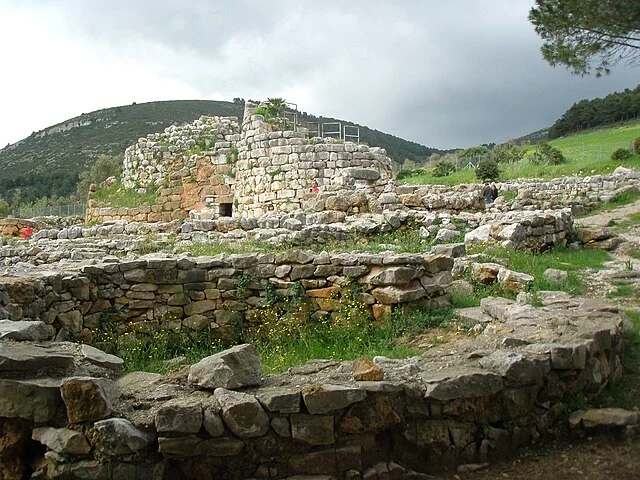Nuraghe Palmavera, an ancient megalithic complex located near Alghero on the island of Sardinia, Italy, stands as a remarkable testament to Nuragic civilization. Dating to around the 15th century BC, this site offers insights into the architectural skill and social organization of the Nuragic people. The site’s strategic coastal location likely played a role in its function as both a defensive structure and a center of local administration.
Get your dose of History via Email
Historical Background
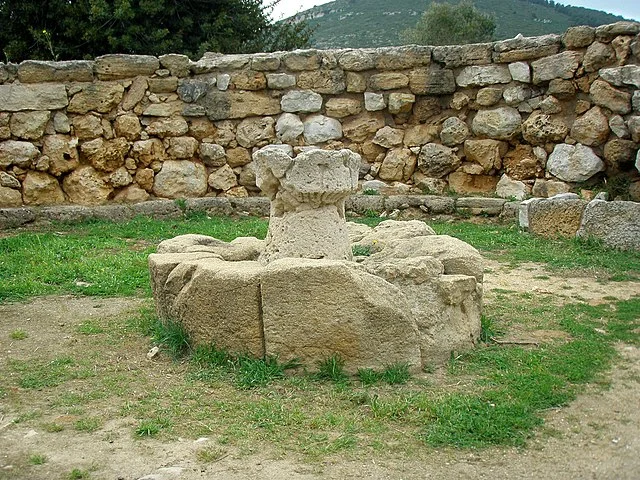
The Nuragic civilization flourished on Sardinia from around 1800 BC to 238 BC, ending with the Roman annexation of the island. This culture is best known for its nuraghi, the distinctive tower-like stone structures found across Sardinia. Nuraghe Palmavera is among the best-preserved examples, providing insight into the social and political life of the Nuragic people.
Architectural Layout
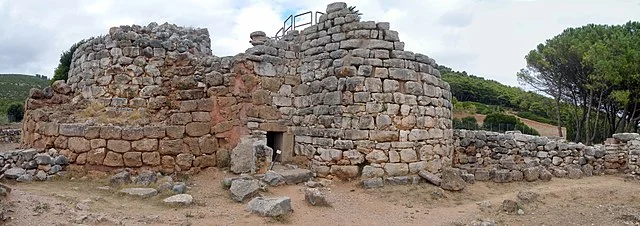
Nuraghe Palmavera is characterized by a central tower (or “main tower”) and a series of ancillary structures. The main tower, constructed in two distinct phases, exhibits the thick walls and corbel-vaulted ceilings typical of Nuragic architecture. Initially built around 1500 BC, the tower was later expanded with an additional tower and surrounding structures around the 9th century BC, indicating a period of growth and adaptation.
The site contains two towers, a courtyard, and additional rooms which are believed to have been used for communal gatherings and ceremonies. The walls of the main tower reach up to 7 meters high and were likely higher before degradation over time. Inside the central tower, a spiral staircase leads to what would have been a second level, used possibly for observation or storage.
The Meeting Hut
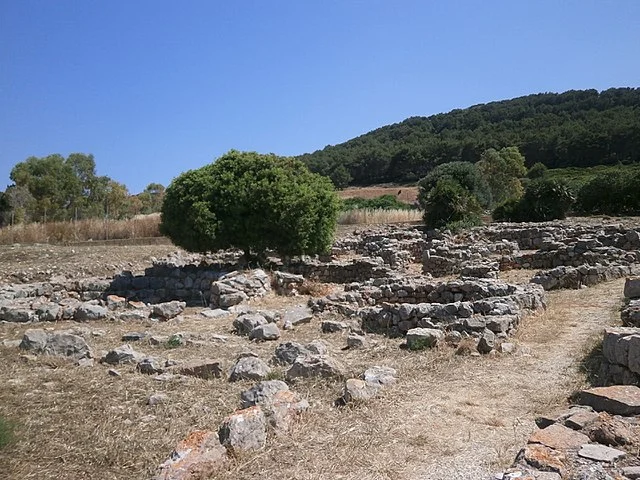
One of Nuraghe Palmavera’s most unique features is the “meeting hut,” a circular structure believed to have served as a council or assembly room. This space likely hosted community leaders who gathered to make decisions on matters of trade, defense, and local governance. In the center of the meeting hut lies a large stone bench, adding weight to theories of its ceremonial or administrative purpose.
Function and Significance
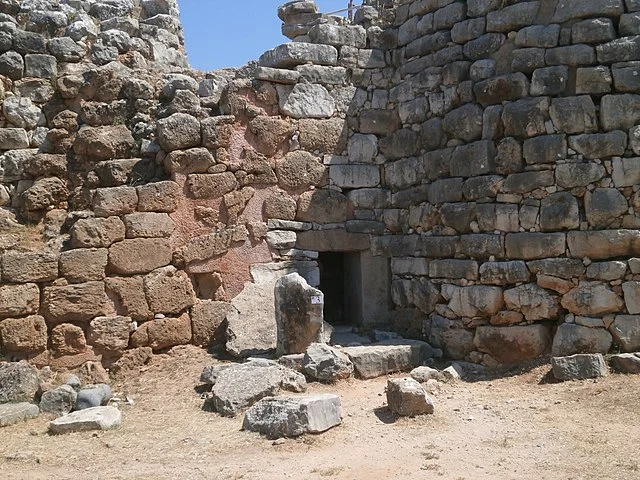
Scholars believe that Nuraghe Palmavera functioned as both a defensive stronghold and an administrative hub for the local Nuragic community. Positioned near the coast, the site would have allowed residents to monitor the surrounding area, protect trade routes, and communicate with other nearby nuraghi. Its strategic location also indicates its role as a site of trade and interaction with other Mediterranean cultures, including the Phoenicians.
Evidence of Phoenician and Carthaginian pottery suggests that Nuraghe Palmavera had trade connections with these civilizations. The presence of imported artifacts highlights the site’s significance in regional trade networks and cultural exchange.
Excavations and Conservation
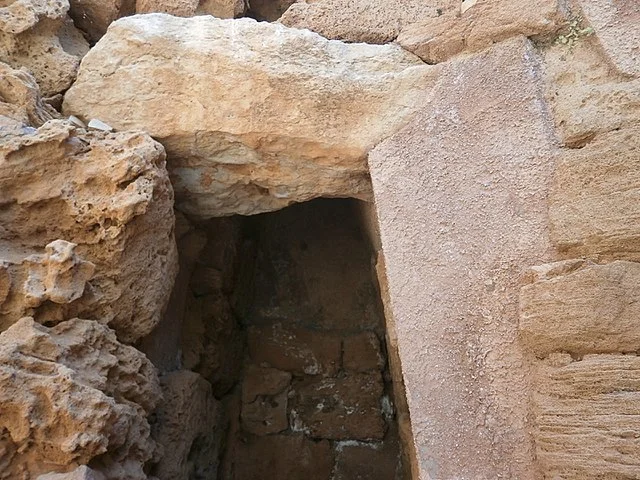
Archaeological excavations began in the early 20th century and have continued intermittently. Researchers have uncovered artifacts such as pottery, tools, and remnants of food, which offer valuable information on the daily life and economy of Nuragic society. Conservation efforts have focused on stabilizing the stone walls and protecting the site from weathering. Restoration work on the main tower and surrounding structures allows visitors to visualize the complex as it might have appeared during its active use.
Conclusion
Nuraghe Palmavera remains a significant site for understanding the Nuragic civilization’s architectural achievements, social organization, and role within the broader Mediterranean world. Its preservation and ongoing study provide vital knowledge on one of Sardinia’s earliest and most influential cultures. Through this site, researchers continue to uncover the legacy of the Nuragic people and their place in ancient history.
Source:

